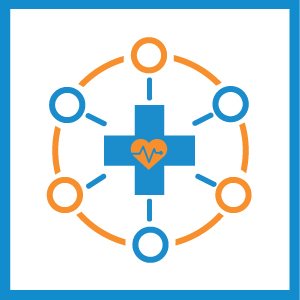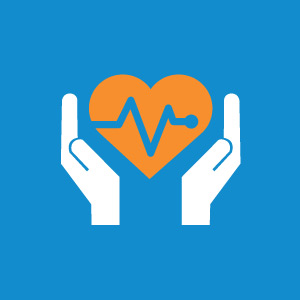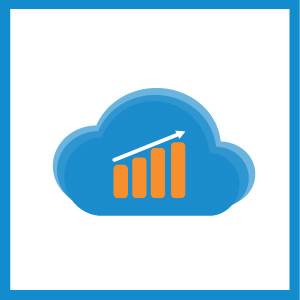The healthcare industry in the United States is unique in many ways—for better and for worse. As the last country without centralized healthcare, providers and producers in the United States are still compelled to innovate and create new solutions that improve outcomes. However, the healthcare system in the US is also immensely complex, with many key players who have a say in how a patient works with a provider.
That said, providers enter into contracts with many of the third parties to provide services at different rates, and when entering with a contract to be paid by a government entity, the providers may be subject to retroactive adjustment. On top of this, some patients may not have a third-party payer and may not be able to pay, making collection unlikely.
ASC 606 Poses Challenges for Pricing and Contracts
This combination poses challenges for finance professionals throughout the healthcare continuum, and with new revenue recognition standards on the horizon, new challenges could manifest. A recent CFO Magazine article explored some of the problems that go into recognizing revenue at healthcare organizations, especially as it pertains to the third step: Determining the transaction price.
“There’s an especially wide diversity of provider types within the health-care system, including hospitals, health plans, physician practices, nursing facilities, and retirement communities. They all have specific nuances to them, and one size does not fit all” in terms of how they recognize revenue, says Venson Wallin, a managing director at BDO.
Consolidation, Diverse Revenue Streams, and the Recognition Challenges Ahead
Add on to this the consolidation of providers of varying services into larger health groups, and the financial professionals, legal team, and accountants will need to do a lot of work to understand and represent an ever-diversifying set of payments, contracts, and metrics.
“When trying to represent such diverse revenue streams in financial statements, health-care organizations will need to be careful to include appropriate supplemental disclosures and discussions to avoid inadvertently presenting misleading information,” according to a BDO alert on the subject.
Value Based Payment Initiative
With Boomers reaching retirement age and the expansion of Medicaid continuing, healthcare facilities accepting Medicare and Medicaid will need to play by the government’s rules. These rules, of course, include the new value-based payment initiative set up under the ACA. Under the value-based payment initiative, acute-care hospitals will receive variable payments based on the quality of care Medicare beneficiaries receive.
This shift poses its own challenges, as value-based payments move payments away from a quantity-based fee-for-service model and toward a model where reimbursements are based on “episodes of care” in which services directed at fixing a medical problem are bundled together for billing purposes.
“The program presents health-care CFOs with the added difficulty of tracking a whole new set of quality metrics on top of the straight payment metrics of the existing fee-for-service,” according to Wallin. “What’s more, the quality metrics are likely to be different for the physician and nursing groups within an integrated health-care organization,” he says.
This, according to the CFO article, will make the estimation of the transaction price a challenge for CFOs.
Bracing for The Future: How Healthcare Organization Finance Departments Can Thrive in the Cloud
The new guidance will take effect three months from now for public companies and just over 15 months for private ones. While this change hopes to simplify the revenue recognition process across many different industries, the process of adapting to the new standards poses unique challenges as well. From shared savings arrangements to bundled payments to self-pay (first-party) patients, healthcare providers have to look at services and revenue in a new light.
No matter how you look at it, this is just one of many different changes that financial leaders at healthcare providers will need to brace for as 2018 and 2019 approach. We covered many of the future concerns in our most recent whitepaper, Modern Financial Management and Cloud Accounting at Healthcare Organizations, which introduces readers to Sage Intacct, the first software of its kind built to handle revenue recognition challenges. Preview the whitepaper below and download it here.





